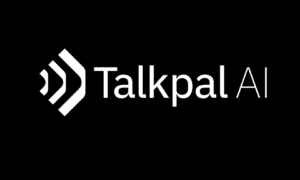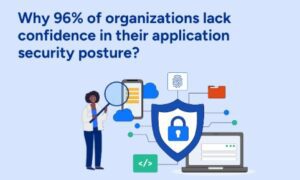The growing reliance on digital tools in K-12 education may be creating more problems than solutions, according to a new research report. App Overload: How A Fragmented Digital Landscape Is Failing K-12 Education explores the challenges teachers, parents, and students face in navigating a rapidly expanding landscape of educational applications.
The report, conducted by Cornerstone Communications, LTD in partnership with K-12 learning platform vendor Edsby, surveyed more than 100 teachers, 125 parents, and 50 district and private school curriculum leaders. The results highlight a major disconnect: while administrators are confident in their chosen digital tools, teachers and parents report increasing frustration and inefficiencies caused by the overwhelming number of apps in use.
A Patchwork of Platforms
Many districts have adopted a mix of independent applications without a standardized approach to digital integration. According to the study, schools without a unified system typically rely on 10 to 15 different educational apps, creating a disjointed and often frustrating experience for students and their families.
Teachers report that juggling multiple platforms adds significant administrative burdens, cutting into valuable instructional time. On average, educators spend two to four hours per week navigating different apps, grading systems, and communication tools. Parents, too, struggle to keep up with multiple logins, notifications, and platform requirements—42% rated their experience with educational apps at a 5 out of 10 or lower.
The Growing Divide: Classroom Reality vs. Administrative Optimism
Despite growing concerns from teachers and parents, district leaders continue to express confidence in their digital ecosystems. However, the report highlights a widening gap between administrative perceptions and the day-to-day realities of those using the apps.
“In many K-12 organizations, a patchwork of apps has become the norm,” said Brooke Greenwald, President of Cornerstone Communications. “While technology has the power to enhance education, the reality is that managing so many disconnected platforms is overwhelming for everyone involved.”
This misalignment is causing strain in the classroom. Teachers report spending too much time switching between platforms to complete basic tasks, and parents say they feel left out of their child’s education due to the lack of a cohesive digital experience. Students, caught in the middle, are forced to navigate an often-confusing array of platforms that don’t always communicate with one another.
A Call for Change
The report urges school districts to consolidate digital platforms and implement more user-friendly, integrated systems. It outlines several key recommendations, including:
- Implementing unified portals that minimize the need for multiple logins and streamline communication between teachers, parents, and students.
- Providing enhanced training for educators and parents to ensure they can effectively use digital tools without additional frustration.
- Incorporating direct feedback from teachers and families when designing digital strategies to improve overall usability and efficiency.
John Myers, CEO of Edsby, says that many schools initially adopted multiple digital solutions out of necessity during the pandemic, but the long-term drawbacks of this fragmented approach are now evident.
“Districts and private schools that pieced together digital solutions during the pandemic are now seeing the downsides of this approach,” said Myers. “A single, purpose-built platform can improve efficiency and ensure a seamless learning experience for students, teachers, and parents alike.”
The Path Forward: Prioritizing Simplicity and Accessibility
As schools continue to integrate technology into education, the report serves as a wake-up call for administrators to prioritize ease of use and accessibility. The challenge is no longer about having enough digital tools—it’s about ensuring those tools work effectively together.
By embracing integrated digital solutions, districts can alleviate frustration for teachers and parents while improving the overall learning experience for students.
Technology has the power to enhance education, but only if it is used strategically. Simplifying the digital landscape in K-12 schools may be the key to unlocking the full potential of educational technology, allowing educators to focus on what matters most—teaching and student success.



































